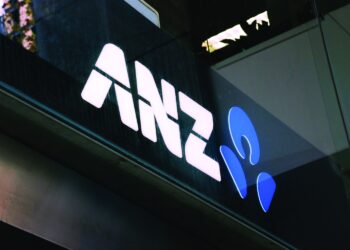Loan impairment expenses across NAB, ANZ, and Westpac increased by 226 per cent to $5.7 billion, and with CBA yet to report its results – and considerable uncertainty in actually estimating the final cost – impairment expenses will remain sky-high through the rest of FY2020 and into FY2021.
“While the majors have proven resilient so far, it is too early to estimate the full impact of the COVID-19 crisis on their 2020 performance,” said Hessel Verbeek, KPMG strategy partner for banking. “The majors will have to contend with the demands of customers who want relief from loan repayments, a government which wants credit made available, a regulator which wants unquestionably strong balance sheets and shareholders who want strong profits and dividend payouts.”
EY’s outlook for the big four is similarly bleak, with the “sharp and possibly protracted” decline in the economy likely to mean substantial earnings headwinds in an “environment of unprecedented uncertainty”.
“We are still in an interim period where the banks are not yet aware what the full extent of these losses will be,” said EY Oceania banking and capital markets leader Tim Dring. “Many customers have taken advantage of repayment holidays, which makes determining the true scale of potential delinquencies hard to predict.”
And while the big four had made considerable progress on cultural changes – including the removal of a number of C-suite figures tainted by the royal commission and the overhauling performance-based remuneration – the current crisis threatens to turn that around.
“The banks face a substantial challenge in how they balance the competing needs of customers under financial stress with prudently managing capital to remain able to provide ongoing credit support to the broader economy,” Mr Dring said. “Not all of the bank’s customers will recover from this crisis – driven by the surge in unemployment and reduced consumption – and the banks will be further tested on the trust equation based on how they work through defaulted loans and access collateral.”
APRA and ASIC leaned hard on the banks to defer or pay reduced dividends in order to stay well capitalised in the face of the ongoing economic uncertainty. Both ANZ and Westpac deferred a decision on interim dividends, while NAB paid a reduced dividend. But a return to their usual high dividend payout levels is unlikely to happen anytime soon.
“The banks are engaged in a delicate balancing act between the needs of shareholders – particularly retirees who may rely on dividend income – and maintaining capital,” said Mr Dring. “While banks are generally reluctant to reduce dividends to shareholders, this half-year cycle has seen a combination of reduced and deferred dividends and issuance of capital as they batten down the hatches for the changing climate ahead.”







